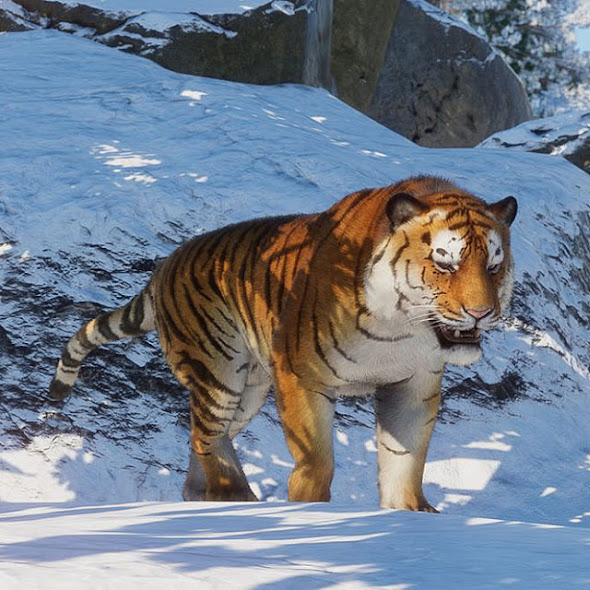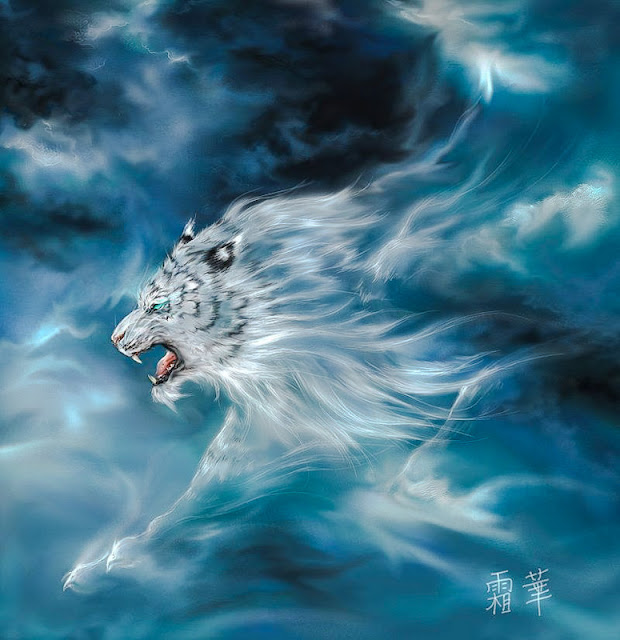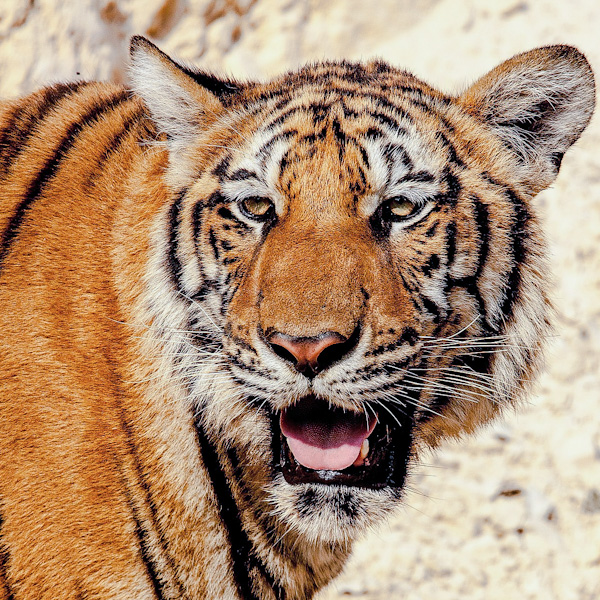How many Siberian tigers are left in China (2022)?
The Siberian tiger is also called the Amur tiger. There is an interesting article on the China Daily website about a forest ranger, An Jianwu, who works in the Northeast China Tiger and Leopard National Park in Jilin and Heilongjiang provinces. Interestingly, Google Maps does not identify this huge park very well or at all.
 |
| Siberian tiger. Image in public domain. |
Photo above: In April 2021 this Siberian Tiger was spotted in China in the far north east of that country where it was eventually tranquilized with darts and is DNA analysed and the stripes also analysed to check whether it had wandered over from Russia. It weighed 200 kg and it was a male. People were astonished to see it wander down a village.
It is up in the north of China and it appears to cross into Russia. A study describes the park as an area of "cross-border, cross-province, cross-region and cross-ownership. Its stakeholders are diversified.".
There's been enhanced conservation of the Siberian tiger in China as well as for the Amur leopard. The 38-year-old ranger in the China Daily article is particularly interested in Siberian tigers and Amur leopards as they have a high scientific value because they are rare and endangered.
The director of the park's management office, Hou Ling, said that there are "more than 50 Siberian tigers and about 60 Amur leopards, including more than 17 cubs, in the park".
As this park is the primary (or only) habitat of the Siberian tiger in China I will argue that there are probably or possibly around 50 Siberian tigers in China depending on how reliable the information is. The majority are in Russia. However, overall, it is estimated that there are about 400 adult Siberian tigers left in the wild with about 95% of them inhabiting the forests of the Russian far east.
RELATED: Siberian Tigers Wander Across the Border to Raid Chinese Farms.
That information comes from another website. If there are 50 Siberian tigers in China and around 400 overall in the world then the percentage of Siberian tigers in Russia is 87%.
The map below was made by me many years ago based on the information available to me at the time.
Importantly, for tiger conservation, Mr Ling says that the survival rate of Siberian tiger cubs has increased from 33% before the park was established in 2016 to 50% currently. And the park has seen an increase in the number of wild animals which must help improve the survival rate of Siberian tigers in the park because these will be prey animals.
Typically, the rangers see tracks for sika deer, roe deer and wild boars. The rangers understand that conservation requires the participation of the local people and therefore they visit forest farms and villages to promote wildlife conservation and to discourage poaching.





Comments
Post a Comment
Please comment.